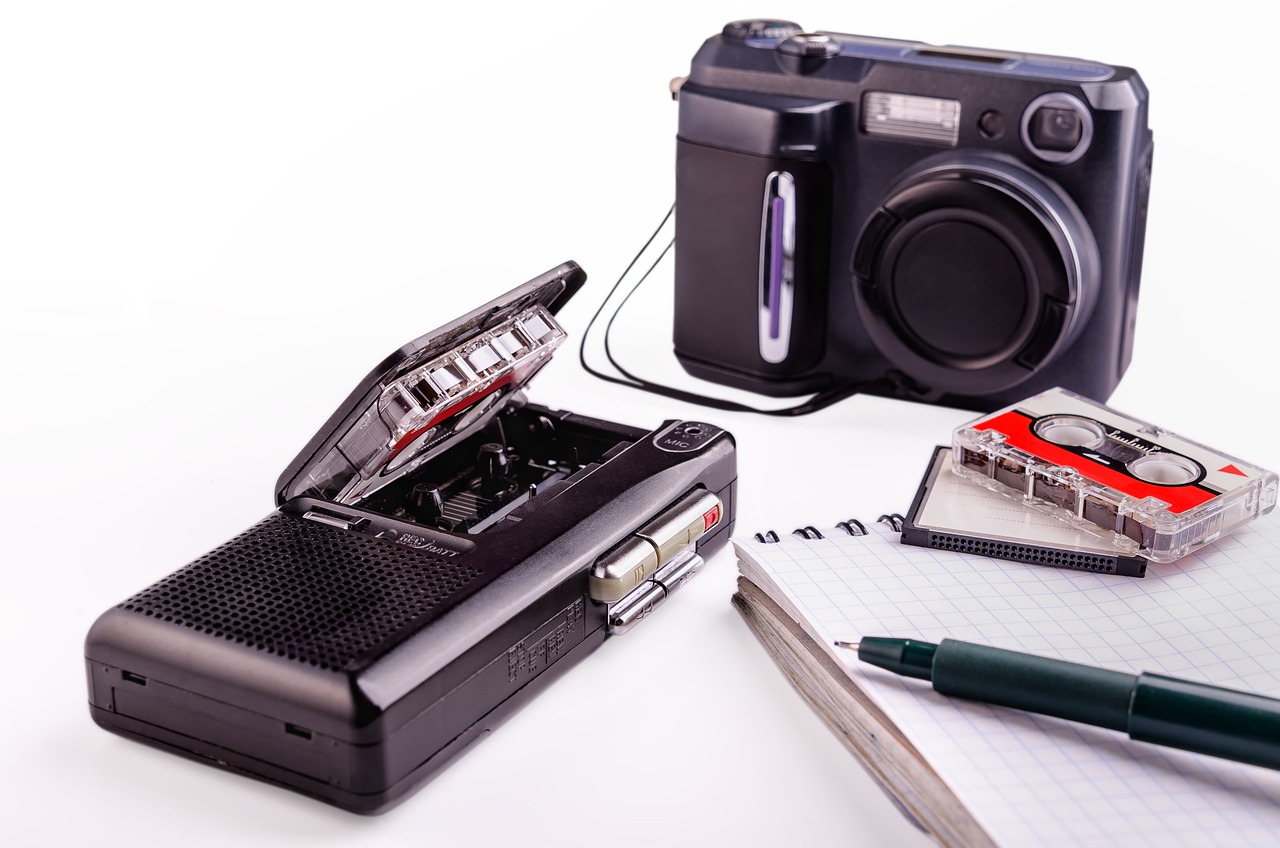
For some people, choosing a radiology fellowship is easy. They may have known they wanted to be an interventional radiologist or pediatric radiologist since they were two years old. But, for the majority of us, it is a more challenging decision. And it is a decision that you cannot take lightly. It has a direct effect on the type of practice (generalist or specialist), your lifestyle (academic vs. private practice), location (rural vs. urban), the types of people that you will see daily (direct patient care vs. indirect patient care), and more!
So, I have come up with some guidelines for making this agonizing choice. Consider basing this decision on your personality, what kind of lifestyle you want, the desire to make a little bit more money, the need to be in a particular location, application competitiveness, and gamesmanship/trends in the different subspecialties. I will divide the radiology fellowship decision tree into these six parts and describe how you should utilize each factor to choose your future subspecialty area. Let’s start with the first factor.
Personality:
You can’t deny who you are, and you can’t let others make that decision for you. If you hate working with your hands, interventional radiology will not be for you, regardless of your attendings’ opinion of your performance. It behooves you not to decide to enter the field because you will be doing what you hate. Likewise, if you don’t like patients, mammography is undoubtedly not an appropriate specialty, even if you are adept with people. When you consider your personality type, you’ve already significantly limited the playing field.
I will list several personality types and make a list of the appropriate possible specialties for you. Your personality type may differ from the ones listed below. If that is the case, you should think about your personality type and develop a different cluster of several fellowship options.
Gregarious and outgoing- General Radiology, Interventional Radiology, Mammography, Pediatric Radiology
Fiercely independent- General Radiology, Interventional Radiology, and Neuroradiology
Introvert- Body Imaging, MSK Radiology, MRI, Trauma and Emergency Radiology
Jack of all trades- Body Imaging, MRI, Nuclear Medicine
Likes working with hands/interventions- Body Fellowship, Interventional Radiology, Mammography/Women’s Imaging
Nurturing and friendly- Mammography/Women’s Imaging, Pediatric Radiology
Techie- Body MRI, Informatics, Interventional Radiology, Neuroradiology (Interventional and Nonintervention), Nuclear Medicine
And so on…
Lifestyle:
So, you’ve decided upon your personality type… The next issue is what kind of lifestyle do you want. When I mean lifestyle, I am thinking about the following factors. Do you want to be academic or non-academic? Are you interested in becoming the “go-to-guy” for your specialty because you know a specific subspecialty in-depth? Do you mind being on call late at night? Do you want to be in a small or large practice? So let’s go through each fellowship option and determine the lifestyle factors of each of these subspecialties. Add these factors to the personality factors to hone your choice of subspecialty further.
Body Imaging/MRI-
Most often practices general radiology without mastery of a single subspecialty area, Allows for academic and non-academic possibilities, Can practice in a very small or large practice.
Cardiothoracic Imaging-
Most often, practices in his/her subspecialty in an academic and large institution, Master of a single subspecialty.
Informatics-
Needs to work in a large or academic center, Allows for the increased possibility of entry into the business domain, Master of individual subspecialty
Interventional Radiology-
Allows for performing general radiology or mastery of individual subspecialty, Allows for small or large practice, Can be clinical or academic, Tendency for long call hours
Musculoskeletal Imaging-
Allows for the practice of general radiology or mastery of individual subspecialty, Allows for small or large practice, Can be clinical or academic
Neurointerventional Radiology-
Most often, practices in his/her subspecialty in an academic and large practice, Master of a single subspecialty, Tendency for long call hours.
Neuroradiology-
Can work in a large or small practice, Can be academic or non-academic, Master of individual subspecialty
Nuclear Medicine-
Tends to be situated in a larger practice. Can be academic or non-academic; most often is a generalist.
Pediatric Radiology-
More often, academic or related to a large practice. Maybe more predisposed to nighttime calls (i.e., intussusception reductions), Master of a subspecialty
Trauma/ER radiology-
Most often in a large or academic practice, most often a generalist, Tendency toward nighttime work.
Women’s Imaging/Mammography-
Has more options for part-time hours and fewer calls. Can be academic or clinical, Can be in a small or large practice, Master of individual subspecialty, and less likely to be a generalist.
Money:
Fortunately, you’ve entered the radiology world, and all of its subspecialties within the United States tend to be higher paying than most other specialties. And, the distribution of salaries (1) is relatively equal among all subspecialties. However, there is a slight discrepancy/increased income in the interventional-based subspecialties such as Interventional Radiology and Neurointerventional Radiology, mostly based on the amount of time working rather than bringing in more revenue. Money should, therefore, play a minor role in the decision tree.
Location:
Location can be an essential factor in choosing a fellowship subspecialty because some fellowships may limit you to larger cities and academic centers. Take this into consideration if you need to be in a more rural locale for family reasons. Remember this issue if you want to practice in the more academic subspecialties of Cardiothoracic Imaging, Informatics, Interventional Neuroradiology, Nuclear Medicine, Pediatric Radiology, or Trauma/ER radiology. Location preferences can potentially whittle down your choice of subspecialty further.
Application Competitiveness:
Competitive subspecialties frequently cycle over the years. For example, when I was a resident considering a fellowship in 2002, you couldn’t find anyone to enter the interventional radiology subspecialty. Programs were desperate and would take anyone that graduated. Meanwhile, in 2014, the same specialty became an ultra-competitive fellowship, and our residents had to send out numerous applications for the same spot. Therefore, if you have not performed well during your residency program or come from a smaller program, you may have some difficulties entering a more competitive fellowship in some of the more competitive areas. Do not despair, though. Most of the time, you can get into one of these more competitive areas. You need to send out more applications and use your connections to your residency program.
Based on my recent experiences, some of the more competitive subspecialties in 2015 and 2016 include MSK Imaging and Interventional Radiology. But of course, that can change in any given year. You should still try to get into the more competitive specialties if that is what you desire. Just have a backup plan.
Trends/Countertrends:
So you’ve gone through the first five deciding factors, and you probably have whittled down your choice substantially, but you’re still not sure. There is still one more thing that you should probably consider before making your final decision for a radiology fellowship. There are currently two secular areas of significant growth within radiology: big data/data processing and increasing applications of MRI.
Then, consider this. You are probably better off picking an area of growth than one that may be more cyclical and subjected to the economic cycle’s vicissitudes. It is simple job security. Informatics and the MRI-based specialties certainly meet these criteria.
Also, I have found over the recent history of radiology, you are better off going against the grain, just like a contrarian investor in the stock market. You may consider in 1996, when Bill Clinton was talking about the socialization of health care and health care capitation, radiology became extremely unpopular. Those same residents that applied to radiology around that time had a fantastic choice of places to work. Also, they could command their salaries at the highest rate. And, most remarkably, they found work in the most desirable locations when they graduated in 2001-2003.
On the other hand, when radiology was extremely popular in the mid-2000s, many excellent radiology applicants applied. Those same residents graduated in 2009-2012 and were very limited in their job prospects. The same situation will likely hold for many of the less popular subspecialties at the current time. Take the contrarian view into consideration as well.
Summary About Choosing A Radiology Fellowship:
Using these criteria, you should certainly be able to narrow down your choice of subspecialties to one or two different possibilities at the most. Good luck with your final choice!















